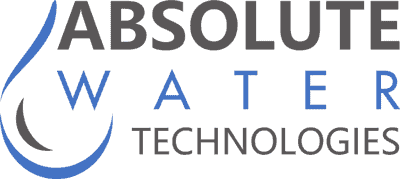Water Purification- High Purity Reverse Osmosis (R.O.) Systems- Maximizing Your Investment
An High Purity Reverse Osmosis (R.O.)system is a highly effective water purification tool in removing several harmful contaminants in water. Depending on the complexity of the High Purity Reverse Osmosis System you use, RO’s can reject up to nearly 99% percent of unwanted particulates and other harmful contaminants. RO’s can be integral to a facility’s performance whether it be a medical setting, manufacturing, or for drinking water.
While highly effective, most RO systems are not maximized and managed. Liken it to an automobile. When new, the automobile performs at the peak of its operational performance and efficiency. Over time, due to normal wear and lack of proper maintenance, a vehicle can produce lower fuel economy, require costly repairs and achieve lackluster performance. Poorly producing RO’s can turn out a lower quantity and quality of purified water. If polished by portable service deionization tanks (SDI) such as in a high purity application this can result in a steep incline in tanks exhausted which will result in wasteful spending.
Keeping that in mind, how can you maximize your investment in a high purity reverse osmosis system? Just as you should check the gauges on your car daily and listen for any strange noises or changes in performance, the same goes for your Reverse Osmosis system. A daily log needs to be completed keeping track of water temperature, pressures at all gauges, such as RO inlet and membrane feed pressure , pre-filter differential pressure, permeate flow, reject flow and, if applicable, recycle flow, feed water conductivity and final product quality, to name a few. These are your tell-tale signs.
It seems many times people will operate a Reverse Osmosis System without understanding its design parameters and capabilities. All too often people either push their system too hard causing damage, or underutilize the system and not take advantage of their investment. Failure to monitor pretreatment such as carbons, softener performanceor chemical feed levels can quickly destroy membranes which are the lifeblood of the reverse osmosis system. RO membranes are the engine of the system and the pumps are the transmission. Both are important but are interconnected. Fouled or damaged membranes due to improper pressure settings or lack of pre-treatment maintenance will leave you dead on the road.
RO Membrane normalization is important and this involves tracking:
1. Feed Temp (F°)
2. Permeate Flow (GPM)
3. Concentrate Flow (GPM)
4. Feed Pressure (PSI)
5. Concentrate Pressure (PSI)
6. Permeate Pressure (PSI)
7. Feed Conductivity
8. Permeate Conductivity
A baseline is created when the membranes and/or system are new and tracked to determine useful life. This will also help determine when either an onsite or offsite cleaning of Reverse Osmosis membranes should be completed to help the system perform as designed.
Other normal and simple maintenance items include a regular changing of the RO pre-filter. The pre-filter is typically an inexpensive 5 micron filter to remove harmful particulates to the system. Based on the volume and feed water this replacement schedule can vary greatly.
Completing an in house daily checklist is key and this coupled with regularly scheduled preventative maintenance will help you get the optimal performance of your RO system.
Absolute Water Technologies based out of Indianapolis, Indiana can help you with any of your RO needs from design, reverse osmosis membrane replacements and membrane cleanings, or a regularly scheduled maintenance program under our Absolute Care system of maintenance programs and services. Contact us or see more at www.absolutewatertech.com

